The Fascinating History of 13 Famous Classic Cars
Classic cars are more than just vehicles, they tell the story of automotive history. Many of these cars have become icons, representing an era of innovation and style. From design breakthroughs to performance achievements, they have left a lasting impact on the automotive world. Some of the most famous classic cars have a rich history that continues to captivate car enthusiasts today. Explore the fascinating background behind these legendary automobiles.
This post may contain affiliate links, which helps keep this content free. Please read our disclosure for more info.
Ford Mustang

The Ford Mustang was introduced in 1964 and quickly became a symbol of American muscle cars. It was designed by Lee Iacocca and featured a sleek, sporty look that appealed to young drivers. The Mustang revolutionized the car market by offering style and performance at an affordable price. It was the first car to be called a pony car, a category that emphasized performance with a compact body.
Over the years, the Mustang has evolved, but it still retains its iconic status. It has been featured in numerous movies, making it even more popular worldwide. Ford’s Mustang has gone through various redesigns, with each version maintaining the spirit of the original. This car continues to be a classic, with a loyal following of enthusiasts and collectors.
Chevrolet Corvette
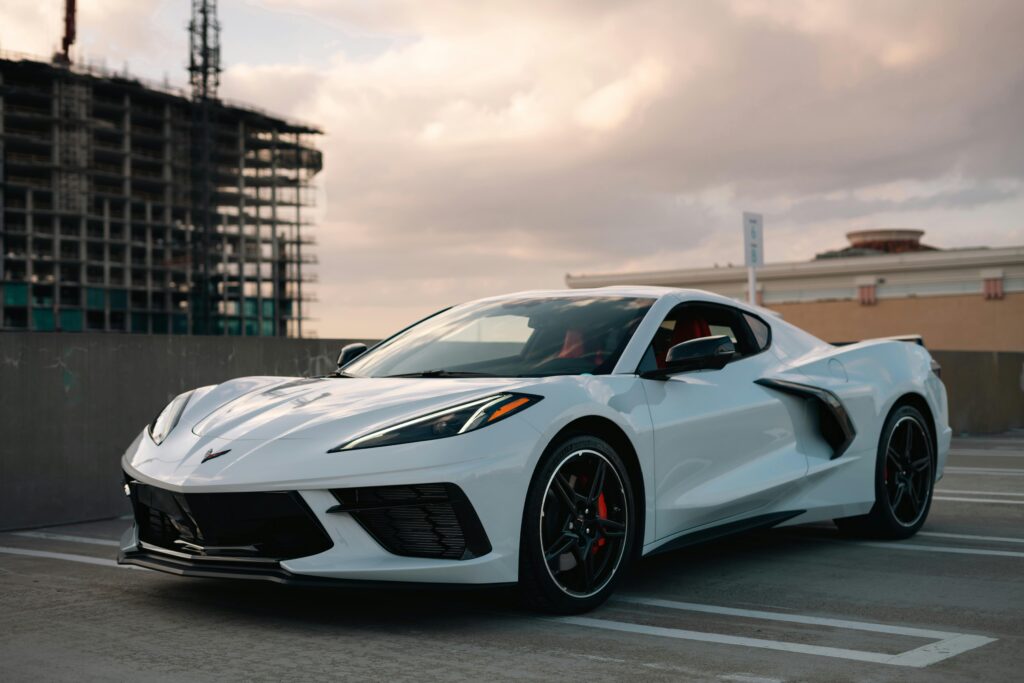
The Chevrolet Corvette was first introduced in 1953 and quickly became a symbol of American performance. Its sleek design and powerful V8 engine made it stand out from the competition. The Corvette is known for its speed and handling, making it a favorite among car enthusiasts. Over the years, it has undergone numerous updates, but its distinctive look and power have remained central to its appeal.
The Corvette has seen several generations, each marked by advancements in technology and design. It has become a staple in American culture, representing innovation and speed. Corvette’s involvement in motorsports further solidified its place in automotive history. Today, it remains one of the most beloved classic cars worldwide.
Jaguar E-Type
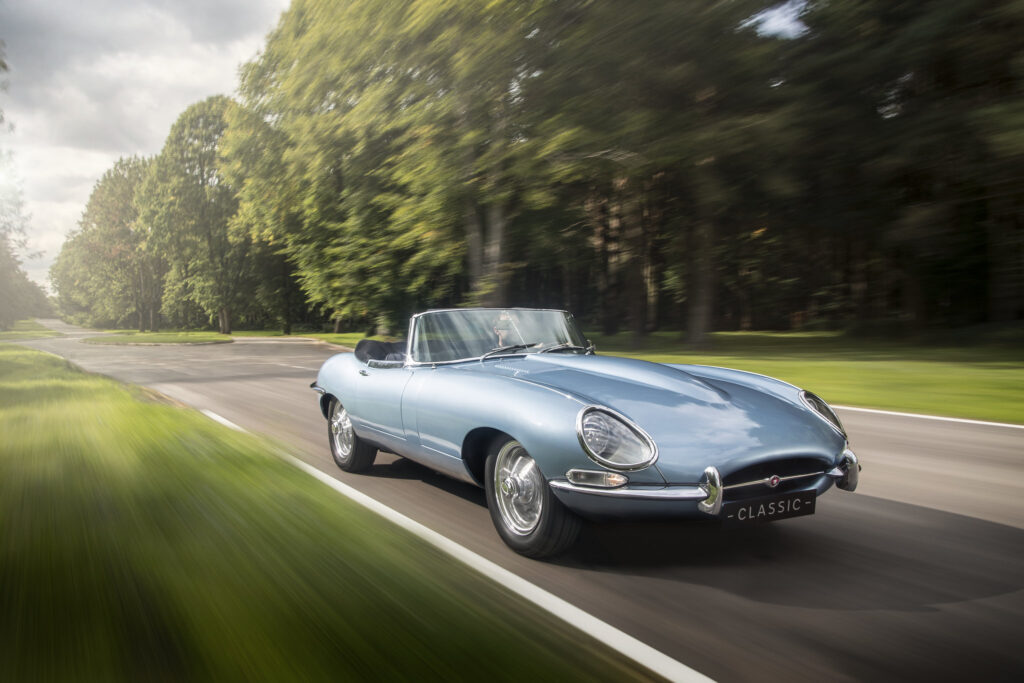
The Jaguar E-Type, launched in 1961, is widely considered one of the most beautiful cars ever made. Its sleek, aerodynamic design was ahead of its time and became a symbol of 1960s elegance. Enzo Ferrari himself called it the most beautiful car in the world. The E-Type featured advanced engineering with a 3.8-liter engine and impressive speed, which made it a favorite among sports car enthusiasts.
The E-Type was not only a design icon but also a significant performance vehicle. Its success on the racing circuit helped boost Jaguar’s reputation. The car’s classic looks and powerful performance ensured it remained a favorite among collectors. Today, the Jaguar E-Type is a highly sought-after classic, and its legacy endures in car culture.
Porsche 911

The Porsche 911 debuted in 1964 and quickly became one of the most recognizable sports cars in the world. Known for its distinctive round headlights and rear-engine design, the 911 revolutionized the sports car market. It combined performance, luxury, and reliability, making it a favorite among driving enthusiasts. The 911 has undergone continuous improvements, but its classic design has remained largely unchanged.
The Porsche 911’s success can be attributed to its consistent performance on the track and on the road. Over the decades, it has earned a reputation for being one of the most dependable sports cars. With numerous racing victories and a loyal fan base, the 911 is an automotive legend. It continues to be produced today, with new models building on the legacy of the original.
Mercedes-Benz 300SL
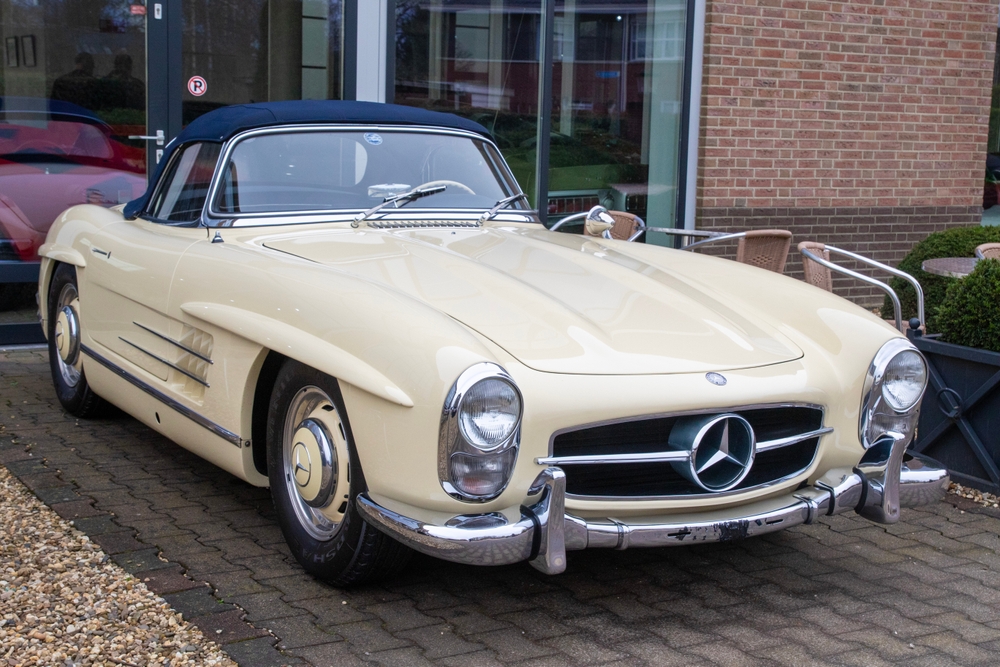
The Mercedes-Benz 300SL, introduced in 1954, was a groundbreaking car in both design and performance. It was the first production car to feature fuel injection and had distinctive gullwing doors, which made it an instant icon. The 300SL’s 3.0-liter engine delivered exceptional performance, making it one of the fastest cars of its time. It was a symbol of luxury and innovation, attracting car enthusiasts and collectors alike.
The 300SL was a success both on the road and in racing, where it proved its engineering excellence. Mercedes-Benz’s investment in technology helped the 300SL achieve impressive results in endurance races. Today, the 300SL is one of the most sought-after classic cars, with its unique design and engineering making it a collector’s dream. Its legacy lives on as a symbol of the brand’s commitment to innovation.
Ferrari 250 GTO
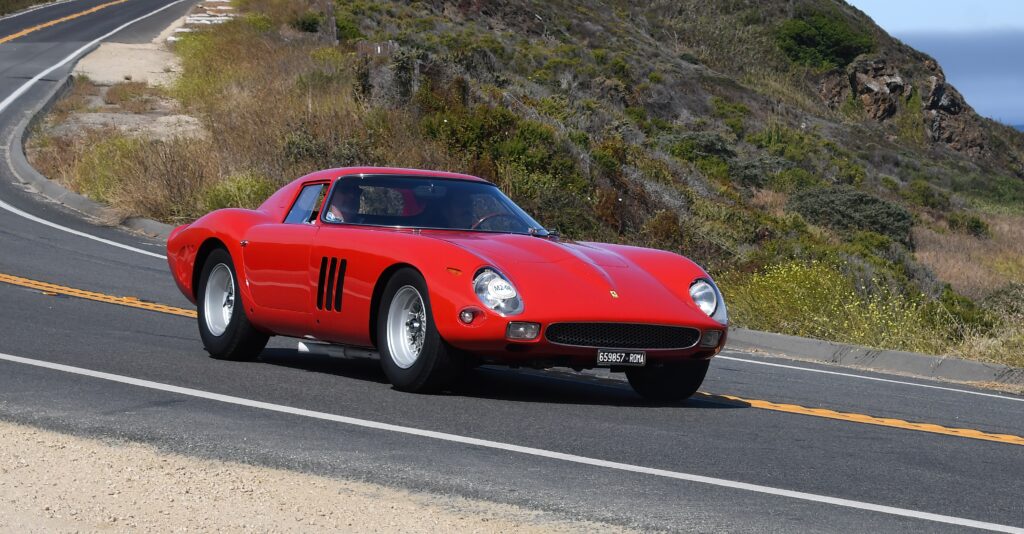
The Ferrari 250 GTO was produced between 1962 and 1964 and remains one of the most expensive and prestigious cars in the world. With a 3.0-liter V12 engine, the GTO was designed for racing but also boasted a sleek, stylish appearance. Only 36 units were ever produced, making it one of the rarest cars on the planet. Its performance on the track, combined with its exclusivity, ensured its place in automotive history.
The Ferrari 250 GTO became a favorite among collectors due to its rarity and performance pedigree. Its racing success in the 1960s further boosted its reputation, cementing its status as a classic. Today, the 250 GTO regularly sells for millions at auctions, making it one of the most coveted cars for collectors. Its legacy continues as a symbol of Ferrari’s racing heritage.
Shelby Cobra

The Shelby Cobra, introduced in 1962, was a collaboration between American car designer Carroll Shelby and British automaker AC Cars. This lightweight sports car was powered by a powerful V8 engine, making it one of the most exciting performance cars of its time. The Cobra quickly gained a reputation for its speed, handling, and striking design. Its success on the racing circuit further solidified its place in automotive history.
The Shelby Cobra’s combination of power and style made it an instant classic. Its limited production and racing victories made it highly desirable for collectors. Over the years, the Cobra has remained a symbol of American automotive performance. The car’s legacy continues through modern recreations and its lasting impact on the world of sports cars.
BMW 2002
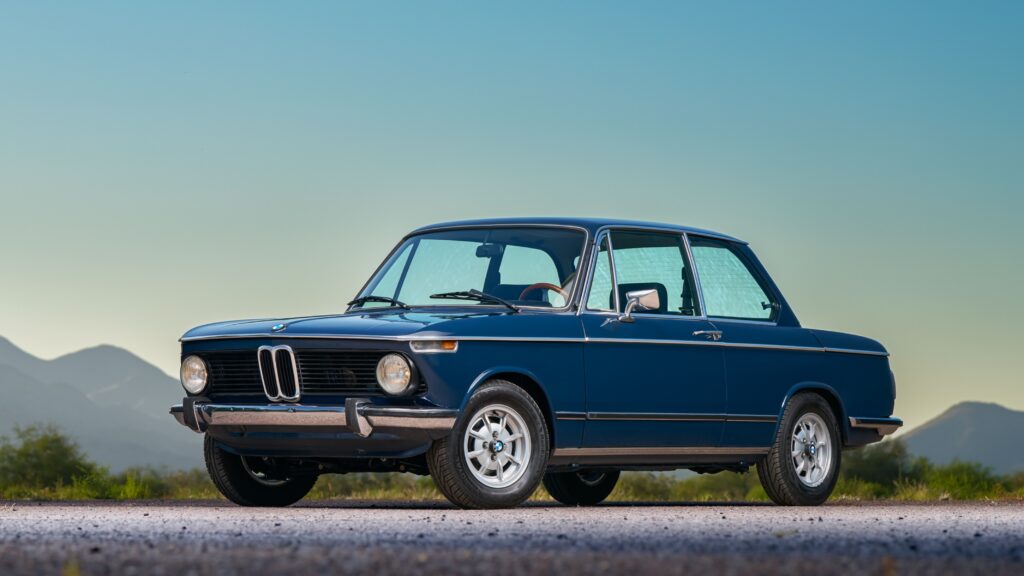
The BMW 2002, introduced in 1968, is often credited with transforming BMW into a global brand. With its compact size and sporty handling, it appealed to driving enthusiasts looking for an affordable performance car. The 2002 became an iconic symbol of the 1960s and 1970s, known for its sharp handling and stylish design. It helped establish the foundation for future BMW models, earning the nickname the car that saved BMW.
The 2002’s success in both Europe and the United States helped BMW grow its reputation for producing performance-oriented vehicles. Its design was simple yet elegant, with a focus on driving dynamics. Today, the BMW 2002 remains a beloved classic, representing the brand’s commitment to performance and quality. It continues to be a sought-after vehicle for collectors and driving enthusiasts alike.
Chevrolet Camaro
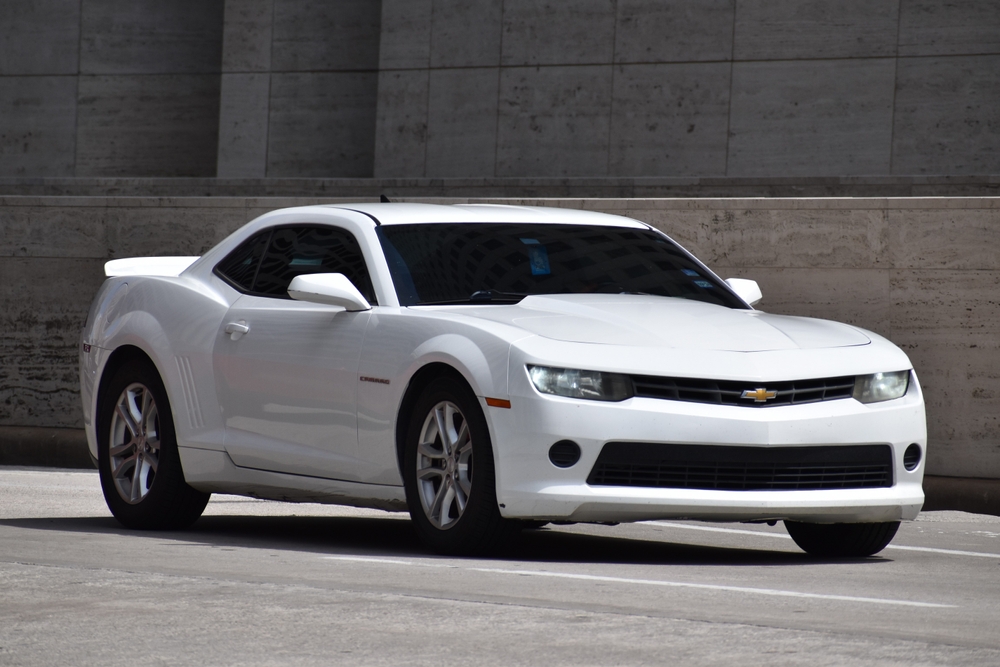
The Chevrolet Camaro was first introduced in 1967 as a direct competitor to the Ford Mustang. It quickly became a symbol of American muscle, offering powerful engine options and aggressive styling. The Camaro’s sleek design and performance made it a favorite among car enthusiasts and helped it become an iconic part of American automotive history. Over the years, the Camaro has gone through various redesigns but has always maintained its performance-oriented image.
The Camaro’s success on the street and in racing helped solidify its place in muscle car history. Its unique styling, combined with powerful engines, made it a standout in the automotive world. The Camaro continues to be a favorite among collectors and has a dedicated fan base. Its legacy as a true American muscle car endures, with new models continuing to capture the spirit of the original.
Datsun 240Z
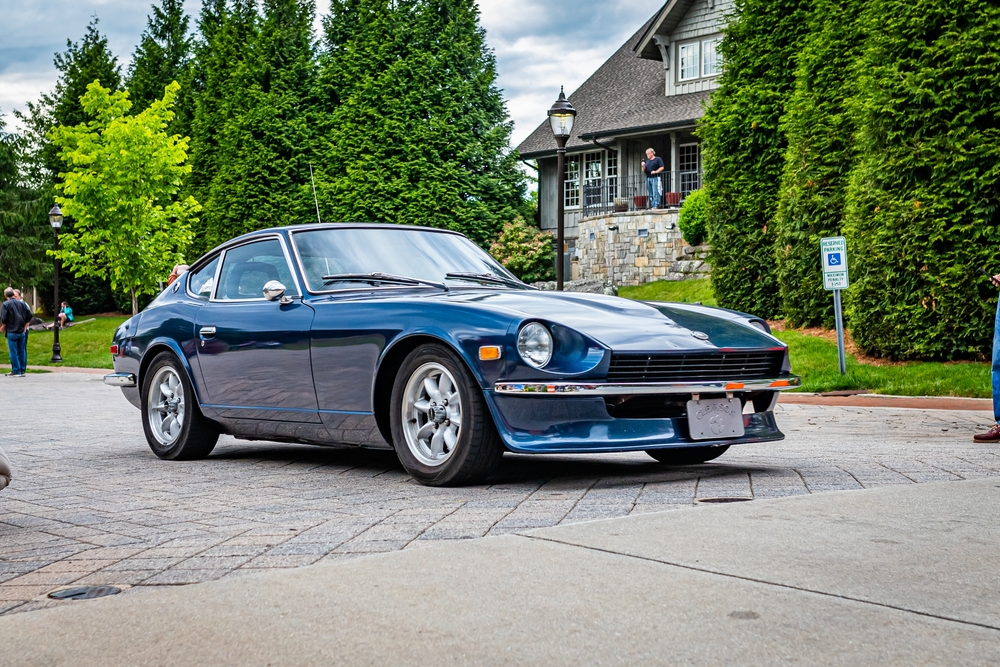
The Datsun 240Z, introduced in 1969, became an iconic sports car due to its affordability and performance. It was Japan’s answer to European sports cars, offering impressive speed and handling at a fraction of the cost. The 240Z’s sleek design and reliable engineering made it a hit with car enthusiasts. It also helped establish Nissan as a serious player in the international automotive market.
The 240Z’s performance on the racetrack and in the consumer market made it a success. Its low price point and high performance made it an accessible option for many drivers looking for a sports car. The Datsun 240Z remains a beloved classic, known for its reliability and simple design. Its legacy continues as a symbol of Japanese automotive engineering and a favorite among collectors.
Audi Quattro

The Audi Quattro, introduced in 1980, was a game-changer in the world of rally racing. It was the first production car to feature permanent all-wheel drive, a feature that would become a hallmark of the brand. The Quattro’s dominance in motorsport helped establish Audi as a leader in performance and technology. Its rally success made it one of the most influential cars in automotive history.
The Quattro’s technological innovations influenced the development of future performance cars. Its all-wheel-drive system provided superior traction, making it ideal for rally conditions. The Quattro’s design was sleek and aerodynamic, contributing to its success on the track. Today, it remains a symbol of Audi’s commitment to innovation and performance.
Lamborghini Miura
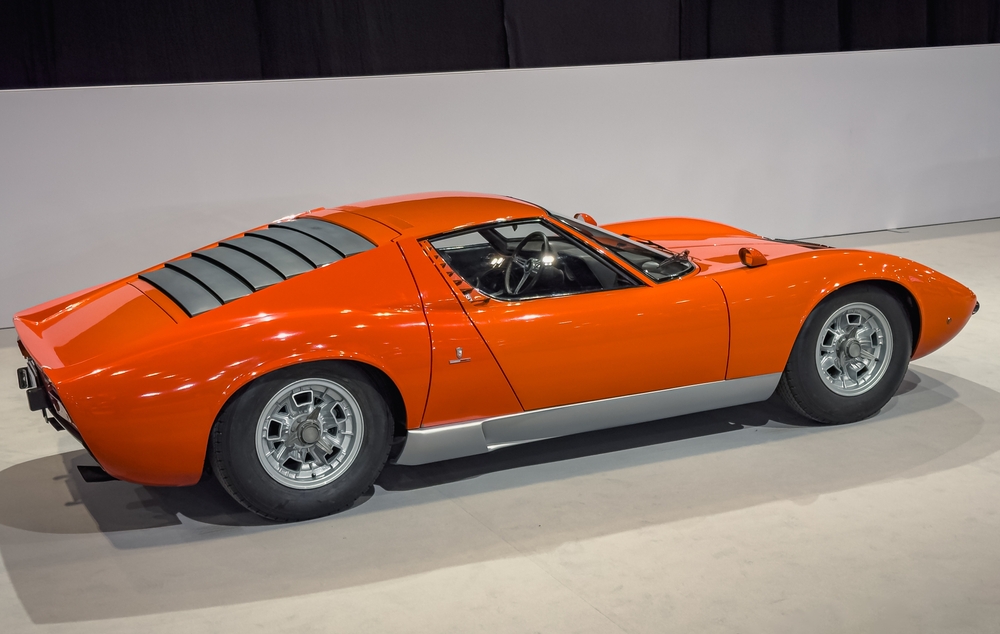
The Lamborghini Miura, introduced in 1966, is widely regarded as the first true supercar. With its mid-mounted engine and stunning design, the Miura set new standards for performance and luxury. Its V12 engine made it one of the fastest cars of its time, and its sleek styling turned heads everywhere it went. The Miura helped establish Lamborghini as a major player in the supercar market.
The Miura’s unique design and powerful engine made it a standout in the automotive world. It was a pioneer in mid-engine layout, which would become a common feature in future supercars. The Lamborghini Miura remains one of the most iconic cars ever made, with its legacy continuing to influence the brand today. It is a highly sought-after classic, often commanding high prices at auctions.
Aston Martin DB5

The Aston Martin DB5, first introduced in 1963, is best known for its appearance in the James Bond films. With its luxurious design and powerful engine, it became the epitome of style and performance. The DB5’s reputation for elegance and speed made it a favorite among celebrities and car enthusiasts. Its sleek, sophisticated look continues to define the Aston Martin brand.
The DB5 was a symbol of British engineering and craftsmanship, offering both style and substance. Its powerful engine and advanced features made it a standout among luxury cars. The DB5’s connection to James Bond has only added to its allure, making it one of the most famous cars in cinematic history. Today, it remains one of the most desirable classic cars for collectors around the world.
The history behind some of the most famous classic cars reveals the creativity and vision that shaped the automotive industry. Each vehicle tells a story of innovation, competition, and passion for performance. These classic cars continue to captivate generations of enthusiasts, proving their lasting impact on the car world.
This article originally appeared on Avocadu.
